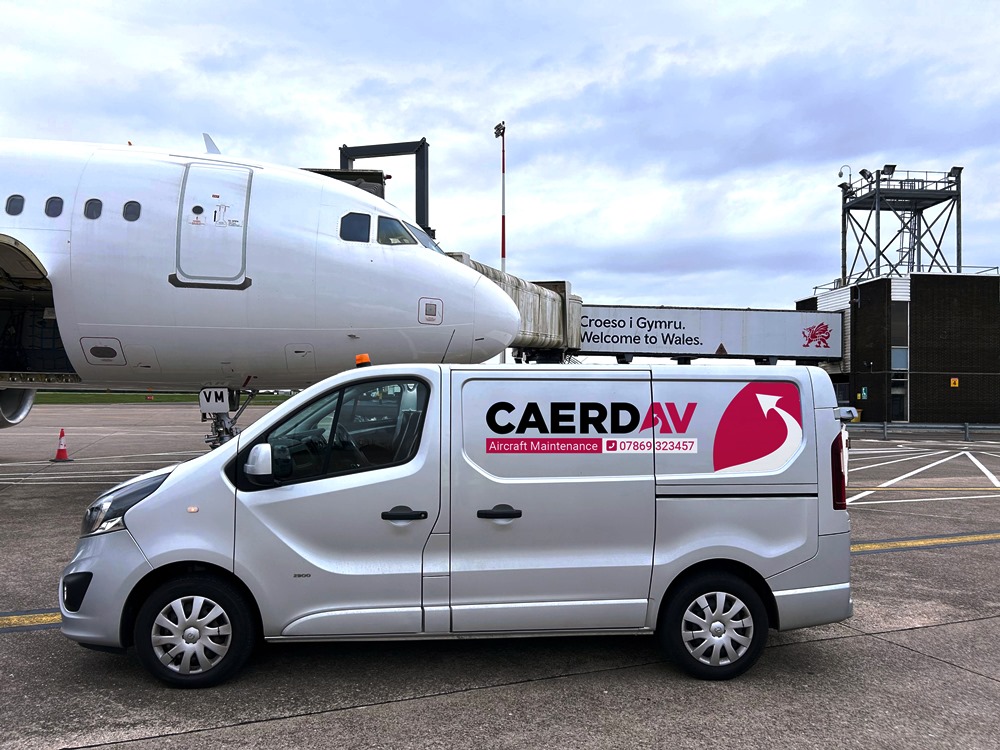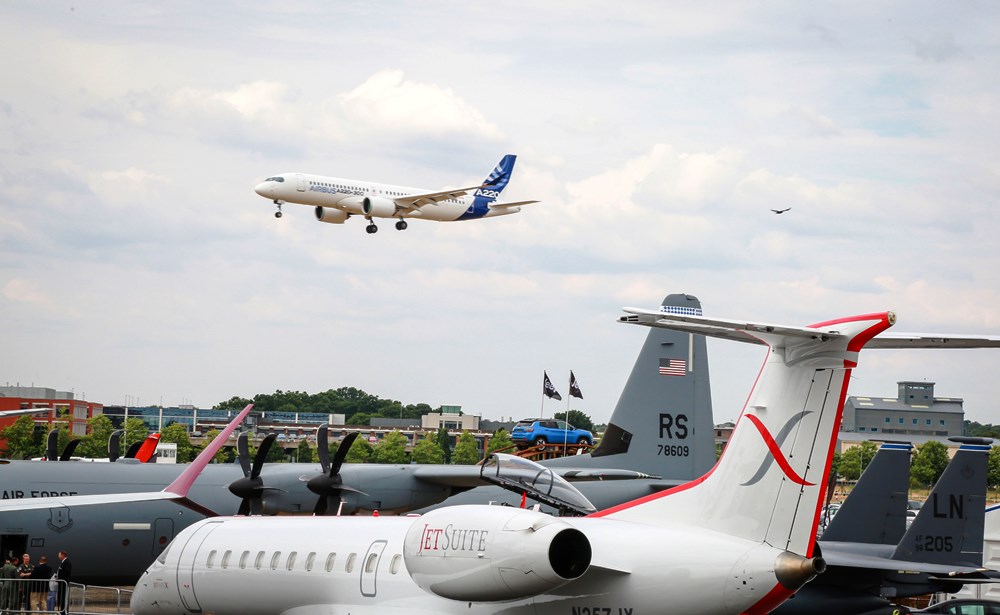An essential layer of aviation security
 Air traffic is a vital part of the world’s economy, not only providing jobs but allowing the world to be easily accessible, bolstering the economy of countries through tourism and exposure to new markets. This is why the security of the world’s aviation is paramount, and this covers not only the protection of the planes themselves, but the protection and regulation of passengers. From the terminal to the skies, Aviation Security Operatives (ASOs) have to deal with a wide range of threats. Even if these threats only involve one unarmed individual, protection is something that cannot be overlooked, and body armour is essential in ensuring the safety of those in Aviation Security.
Air traffic is a vital part of the world’s economy, not only providing jobs but allowing the world to be easily accessible, bolstering the economy of countries through tourism and exposure to new markets. This is why the security of the world’s aviation is paramount, and this covers not only the protection of the planes themselves, but the protection and regulation of passengers. From the terminal to the skies, Aviation Security Operatives (ASOs) have to deal with a wide range of threats. Even if these threats only involve one unarmed individual, protection is something that cannot be overlooked, and body armour is essential in ensuring the safety of those in Aviation Security.
What are the threats?
The most common image associated with Aviation and threats is that of the tragic, mass killings sadly utilised by terrorist groups over the last 50 years. These events are devastating, but are thankfully very rare. This is largely thanks to the efforts of ASOs, who nevertheless still have to deal with certain threats. The majority of these take place within airports and terminals, which is of course where ASOs operate. While not specifically aimed at airports or Airport Security, crime is much higher around airports. In ensuring the absolute safety of all once aboard the aircraft, it is important for Security to identify and deal with any potential threats long before that point.
Most of threats may not be considered serious, and may not have any truly malicious intent behind them. ASOs have to deal with a large number of people, and there are many reasons why they may be involved in an attack. Walking around any airport, large or small, will show a number of delays, and even more belligerent people. These people may have an understandable reason to be hostile, but all too often are simply impatient and looking for a target. Whatever the reason, violence is never justified in these situations, and it is important for ASOs to be properly protected against these attacks. Similarly, the ready supply of alcohol will only exacerbate these scenarios, and many attacks may come from people who have simply had too much to drink. Again, this is no excuse for violence, and protection of the ASO is imperative.
However, there is always the possibility of a much more serious attack, one that is planned and intended to be deadly. Knives or even firearms may be readily accessible in certain areas, and even if they are not, they are still available to people who know where to look. An attack involving weapons is a worst case scenario for an ASO, and yet must be recognised as a possibility. It is the job of an ASO to be prepared for any eventuality, and whether an attack is aimed at the Security Service or is indiscriminate, safety is the top priority.
How to protect against these threats
Whether facing a planned attack involving weapons, or simply an angry and drunk traveller, it is crucial that body armour is worn by ASOs. Many may not know that there is a difference between ballistic and stab proof vests, and so it is important to know what threats will be faced. It is likely that firearms will be less of a threat than weapons such as knives, as these are much easier to conceal and pass through security equipment. However, it is possible that firearms will be a threat, and a bullet proof vest may be needed. Just as deadly, however, are needles and other spiked weapons. For protection against these potentially fatal weapons, a ballistic or stab proof vest will not do, and spike protection must be added. There are multi-threat vests available which will protect against both ballistics and edged or spiked weapons, providing a more complete protection.
Body Armour comes in different levels depending on the strength of attack it is designed to protect against.
For bullet proof vests, the US National Institute of Justice (NIJ) is widely considered to be the world leader in testing and standardising. For stab and spike proof vests however, the UK Centre for Applied Sciences and Technology (CAST, formerly HOSDB) is the world leader. However, the testing methods and equipments are not unique to either, and so a piece of body armour that meets the level of one institution will meet the same requirements of the other. The most common firearm threat is handguns, as these are not only the easiest to obtain worldwide, but are the easiest to carry and conceal. A Level I-IIIa vest will protect against handgun ammunition, though of course the higher levels will protect against higher velocity and calibre handgun ammunition. Stab proof vests come in three levels, and each are tested with various strengths of engineered blade, much stronger than the average blade. For this reason, a Level I stab vest is usually said to be sufficient for the majority of threats. More information on the protection levels offered by body armour is provided by SafeGuard Armour’s Guide to Protection Levels.
NIJ Ballistic Protection Levels

NIJ Ballistic Protection Levels for Hard Armour

CAST Stab Protection Levels

CAST Spike Protection Levels

Covert vs. Overt
Once the correct level of protection has been identified, it is important to make sure that the correct style of body armour is being worn. Most soft armour, i.e. that which protects against knives and handgun ammunition as opposed to rifle rounds, is available in both a covert and overt style.

A covert vest is lighter and thinner than its overt counterpart, and is designed to be worn underneath clothes or a uniform. This gives full protection without sacrificing mobility and movement, and some manufacturers incorporate breathable technologies to help better regulate the temperature of the wearer. It may desirable to have a covert vest when dealing with the public, as some prefer to remain discrete in their role as security. It has been suggested that wearing body armour that can be seen makes for more of a target, as it further distances the ASO from the public. However, the opposite may also be true; some feel that wearing visible body armour reinforces your role, and can help dispel any potential threats.

An overt vest is just as comfortable as a covert vest, and will not hinder body movement or significantly increase temperature. It also has the added benefit of being customisable with pouches for equipment, extra protection, and even logos and insignia. This means that overt body armour can be incorporated into a uniform, making it less obvious. The situation may arise where increased protection is required. These situations are extremely rare, and may never happen but some ASOs may feel the need to have body armour that can protect against high calibre rounds and even armour piercing rounds. This ‘hard armour’ is only available in an overt style because of its weight and bulk, and will prove uncomfortable when worn for extended periods. For this reason it is recommended in only the most extreme situations, though some may wish to have it on hand in addition to lower level vests.

















